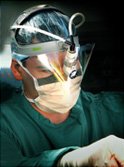Shoulder Instability
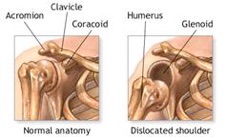
The shoulder is the most mobile joint in the body. It is therefore not surprising that it has the highest rate of dislocation.
Typically the shoulder dislocates after a traumatic event. However, certain patients have increased flexibility (laxity) of all joints, and may dislocate their shoulder with minimal trauma.
The shoulder most commonly dislocates out the front of the shoulder, however, it may also dislocate out the back or even downwards. Shoulder dislocations are painful, and are associated with swelling, bruising, and occasionally numbness, weakness, and fractures. Occasionally, the dislocation event may result in nerve damage. If your shoulder does not pop-in (relocate) immediately, it may require medical assistance to reduce the shoulder back in place.
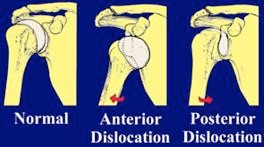
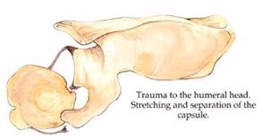
Treatment
When your shoulder dislocates, the joint lining (capsule) and ligaments are either stretched or torn. This may predispose you shoulder to additional future dislocations. If the ligament and capsule are able to heal in the normal position, the chance of a second shoulder dislocation is lower.
Non-operative Treatment
After a shoulder dislocation, you may be placed in sling or immobilizer for a period of time. Typically, non-operative treatments are used initially, including activity modification, anti-inflammatory medication, cortisone injections, and physical therapy. The goal of physical therapy is to strengthen the rotator cuff and muscles around the shoulder blade in an effort to gain dynamic stability of the shoulder.
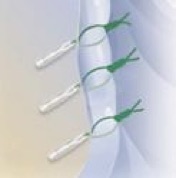


If non-operative treatment is unable to improve symptoms, your physician may consider further investigation using an MRI. Often, contrast is injected into the shoulder to help identify a labral tear (Bankart tear).
Operative Treatment
Patients with recurrent dislocations are often candidates for surgical stabilization of the shoulder. The goal of surgery is to prevent future dislocations. Depending on the injury the surgery can be done arthroscopically or using an open procedure.



